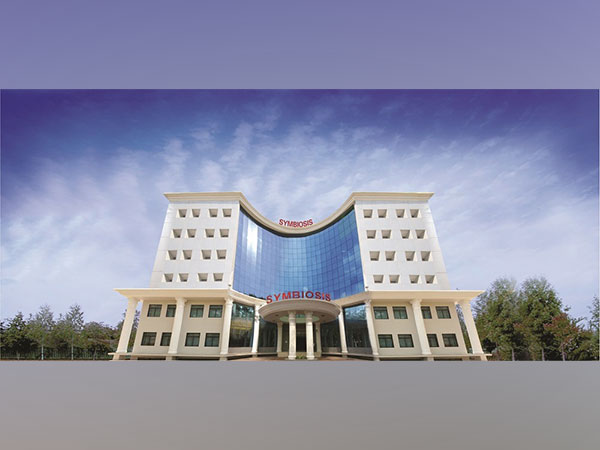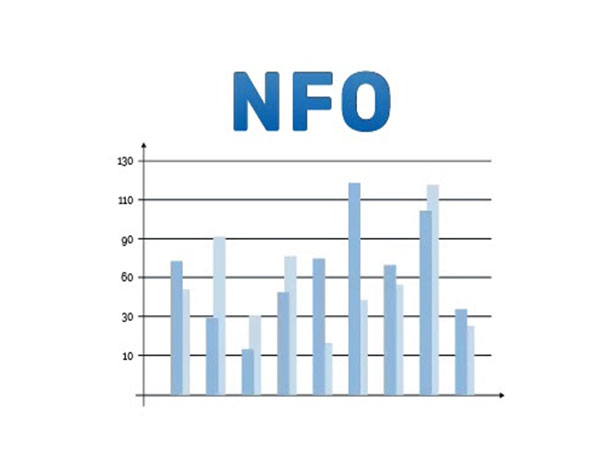
US steps up military deterrence against China in the East Sea
Feb 06, 2025
Washington [US], February 6: Not only has the US deployed heavy bombers for exercises, it has also taken steps to strengthen its military posture in the East Sea to deter China.
China has voiced its opposition to the joint air force exercise between the US and the Philippines in the South China Sea on February 4. The Southern Theater Command of the Chinese military stressed that it will maintain a "high and resolute level of alert" in this sea area.
Trump's message?
Earlier, the Philippines announced that on February 4, it had dispatched three FA-50 fighter jets to conduct exercises with two US B-1 Lancer heavy bombers in the South China Sea. The exercise took place in the Scarborough Shoal area.
Responding to Thanh Nien on February 5, Dr. Satoru Nagao (Hudson Institute, USA) commented: "Just a short time after US President Donald Trump took office, Washington sent B-1 Lancer bombers to the East Sea, including Scarborough Shoal. This move will be a symbolic step showing that the Trump administration will choose a tougher stance towards China ."
Further analysis, Dr. Nagao assessed: "In Beijing's strategy shown in recent times, Scarborough Shoal is a key location to create a "fortress" in the East Sea. Over the years, China has built infrastructure and militarized many artificial islands in the East Sea, but these entities are not enough to become a "fortress" and Scarborough is now the best choice, aiming for a cluster from Hainan Island to the Paracel Islands and then the Spratly Islands to become a closed triangle to control the vast sea. If it successfully builds artificial populations at Scarborough Shoal, China will easily increase the deployment of missiles, fighter jets... and even establish a nuclear submarine base."
"Now, the new administration of President Trump has sent B-1 bombers to this area. B-1 fighter jets can launch long-range Tomahawk cruise missiles, so they have great military significance. This aircraft flew over Scarborough Shoal without being intercepted by Chinese fighter jets, so it can be understood that Beijing does not want to escalate tensions further," Dr. Nagao commented.
Open a new phase
In addition, combined with the Trump administration 's increase in tariffs on Chinese goods, Dr. Nagao assessed: "In such a situation, the Philippines has also shown a tough stance towards China. Recently, Philippine President Ferdinand Marcos Jr. proposed a "reciprocal" agreement with China. That is, if Beijing stops intruding and stops increasing its activities in the East Sea, Manila will move the Typhon missile system that the US is deploying in the Philippines. It seems that the Philippines has been more daring to "bargain" with China since Mr. Trump took office. This means that a new phase has begun when Washington has chosen a stronger stance towards Beijing."
Since last year, the US has deployed the Typhon missile system to the Philippines . This is a medium-range strategic missile launch system that can launch both Tomahawk smart cruise missiles and SM-6 air defense missiles. In particular, the SM-6 missile can not only intercept fighter jets, drones but also anti-ship missiles. Therefore, this is a system that contributes to countering the blockade and anti-access strategy (A2/AD) that China is forming in the Pacific to limit the US military potential in the region. In addition, the Philippines has also announced plans to purchase Typhon systems.
The US is pushing to expand the deployment of Typhon systems in Japan, Guam and Taiwan. Combined with the deployment in the Philippines, Washington could build a perimeter across the Pacific aimed at China that is capable of striking the key military forces Beijing is building in the region.
Source: Thanh Nien Newspaper






